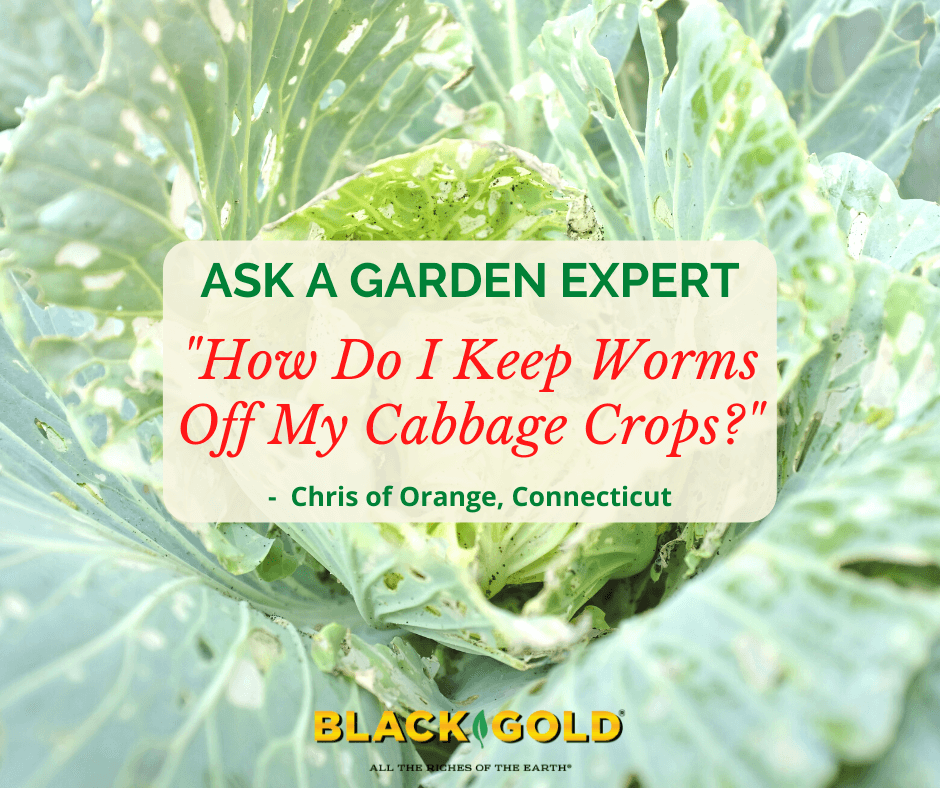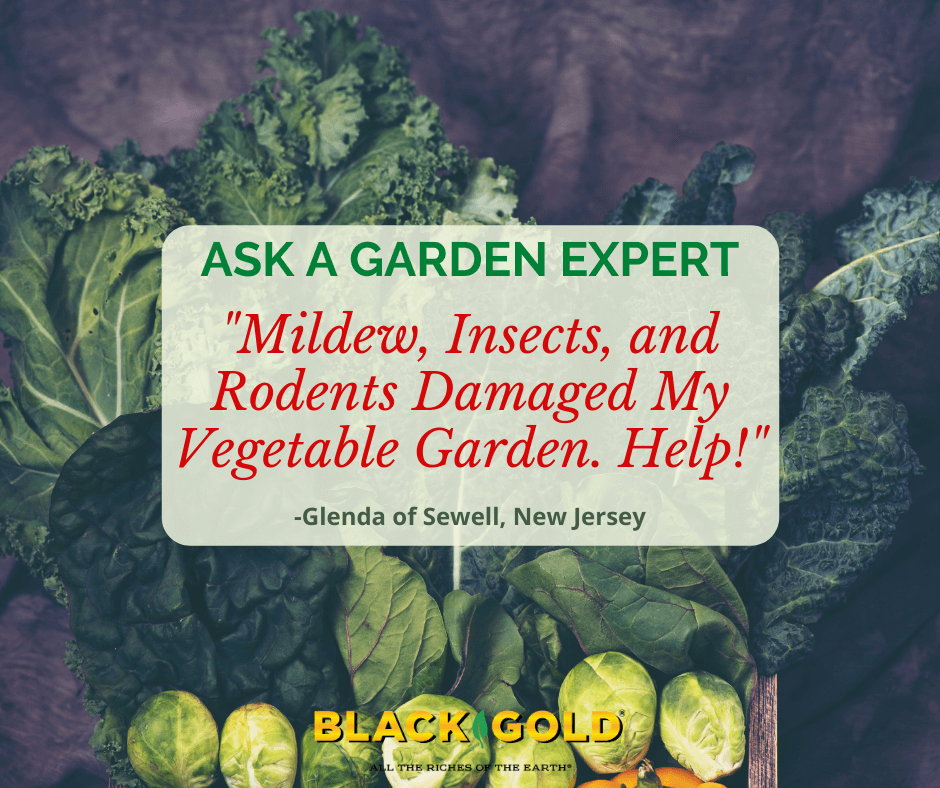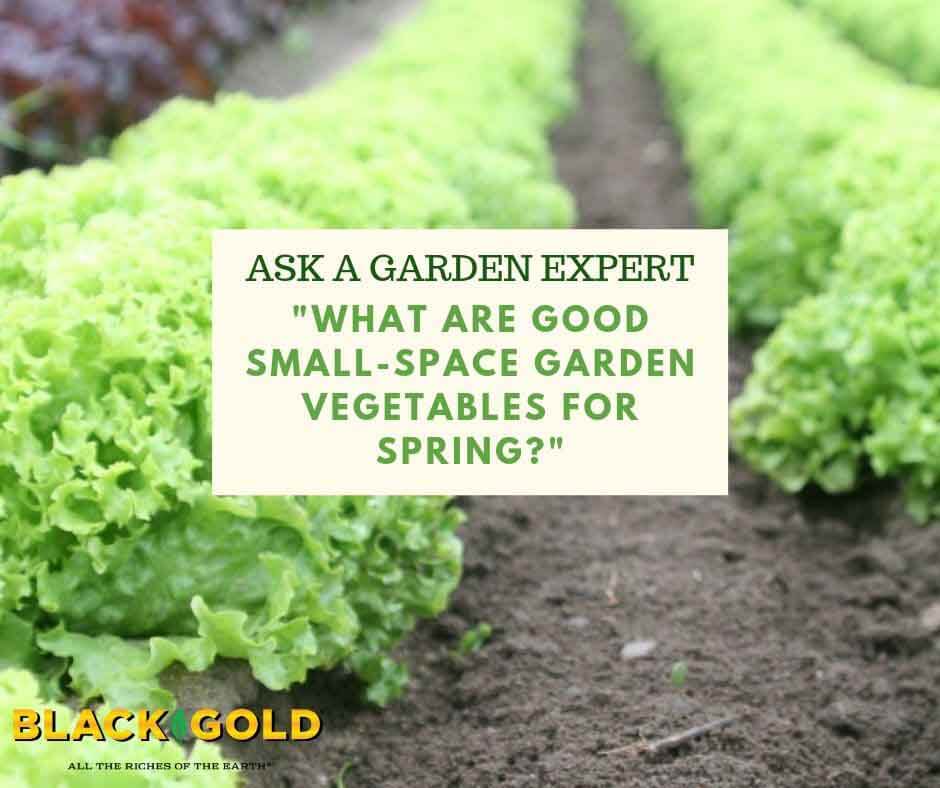“All my cabbage family plants…example broccoli, cabbage…etc. get worms on them and they eat them up. What is the best pesticide to use? I even cover them with netting and they still get wormy.” Question from Chris of Orange, Connecticut
Answer: White cabbage moths, also called cabbage loopers/worms, are the most common pest (click here to learn how to manage them) of crops in the cabbage family, but they are really easy to manage. If your cabbage-family crops get loopers yearly, then apply pre-emptive applications of OMRI Listed BT (Bacillus thuringiensis) to stop them in their tracks. Lots of companies make this highly effective pesticide, and not only does it work, but it does not harm any beneficial insects. Start spraying your cabbages, broccoli, kale, collards, and cauliflower shortly after putting these crops out. That way, the caterpillars won’t stand a chance, and you will have clean crops!
Happy gardening!
Jessie Keith
Black Gold Horticulturist




